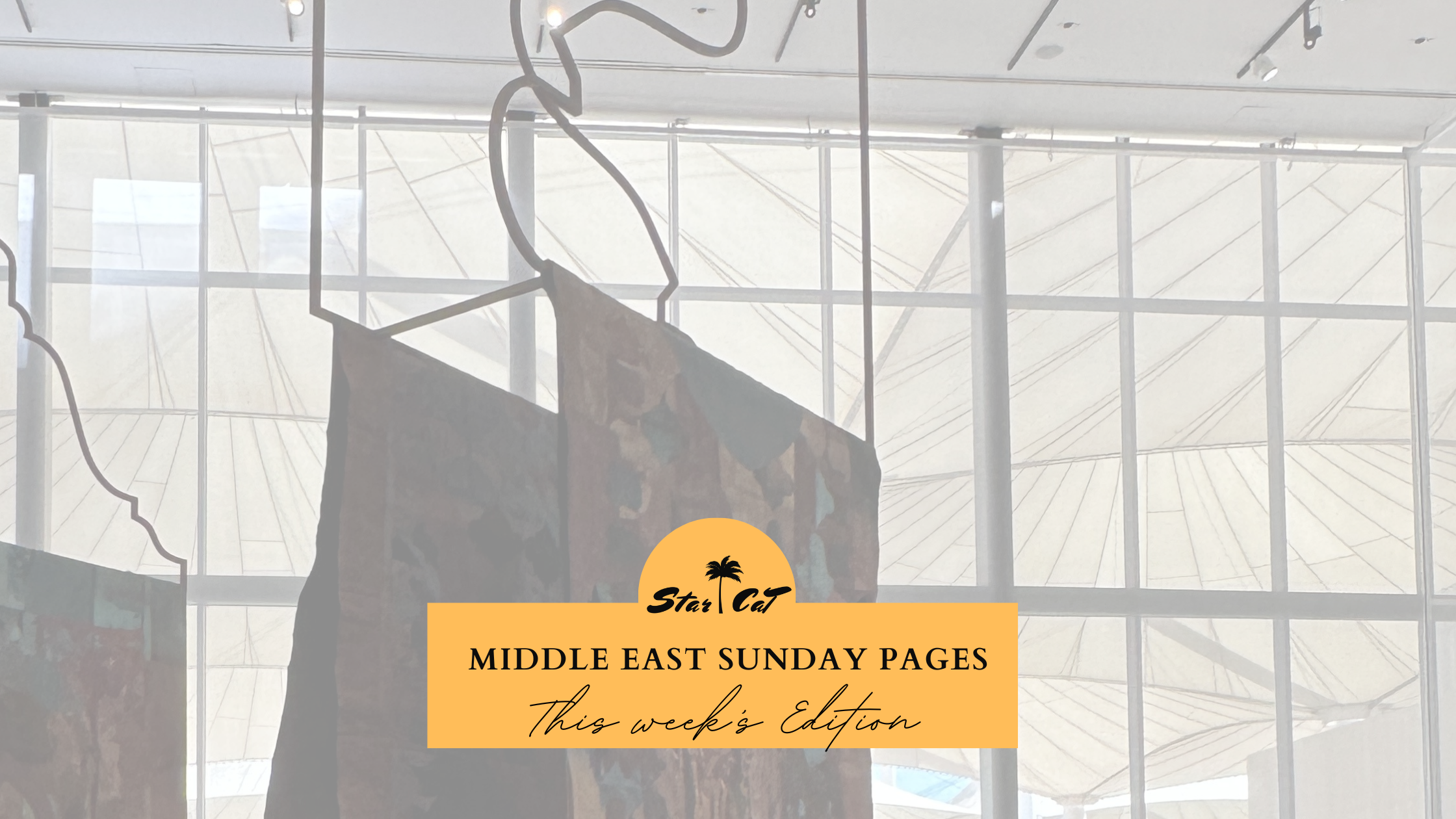
The Islamic Arts Biennale in Jeddah: A Cultural Odyssey
In Jeddah, Saudi Arabia, a phenomenal cultural event has been bridging the past with the present and is connecting the world through art and faith. The Islamic Arts Biennale, organised by the Diriyah Biennale Foundation, is a groundbreaking exhibition that explores the vast and intricate tapestry of Islamic arts, both historically and contemporarily. This Edition of the Middle East Sunday Pages will delve into the essence of the Biennale, its themes, and how it serves as a platform for cultural exchange and artistic innovation. You can still go and visit until 25 May 2025 and tickets are free – but you have to register here.
Location
The Islamic Arts Biennale is held every two years at the Western Hajj Terminal of King Abdulaziz International Airport in Jeddah. This location is not merely a venue; it holds profound significance as a gateway for millions of pilgrims traveling to Makkah and Madinah for Hajj and Umrah. (Plus as a Westerner you would normally not get to see this.) The Biennale’s second edition, titled “And All That Is In Between,” opened on 25 January 2025 and is beyond stunning. This event is a testament to Jeddah’s role as a cultural crossroads, where diverse traditions and ideas converge.
The Theme: “And All That Is In Between”
The theme of the Biennale, “And All That Is In Between,” encapsulates the vast and awe-inspiring scope of God’s creation as experienced by humankind. It invites visitors to reflect on the divine’s wonders and humankind’s connection to it. This theme is explored through a profound examination of how faith is lived, expressed, and celebrated across different cultures and time periods. By juxtaposing historical artefacts with contemporary art, the Biennale creates a unique dialogue between past and present, tradition and innovation.
Participating Institutions and Artists
The Biennale boasts an impressive lineup of over 30 major international institutions participating from around the world, including Denmark, Egypt, France, Greece, Indonesia, Italy, Kuwait, Mali, Oman, Palestine, Portugal, Qatar, Saudi Arabia, Spain, Tunisia, Türkiye, the United Kingdom, the United States, Uzbekistan, and Vatican City. This global participation underscores the diversity and richness of Islamic artistic traditions.
More than 20 artists from Saudi Arabia and around the world have contributed new commissions to the Biennale. Notable artists include Ahmed Mater, Fatma Abdulhadi, and Bilal Allaf from Saudi Arabia, alongside international artists such as Nasser Alzayani, Ahmad Angawi, Abdelkader Benchamma, and Takashi Kuribayashi. These artists bring diverse perspectives and styles, enriching the Biennale with their unique interpretations of faith, culture, and identity.
Exhibition Layout and Design
The exhibition is designed by the renowned architecture firm OMA, with a thoughtful spatial narrative that enhances the visitor experience. The Biennale is divided into seven components, including both indoor and outdoor areas: AlBidayah, AlMadar, AlMuqtani, AlMidhallah, AlMukarramah, AlMunawwarah, and AlMusalla. Each section offers a distinct experience, from contemplating the sacred in AlBidayah to exploring the universal language of numbers in AlMadar.
Make sure you don’t miss any interesting topics and news from the region by signing up to our Newsletter here.
AlBidayah: The Beginning
AlBidayah invites visitors to contemplate the sacred through material objects associated with it. The opening galleries display artefacts from Makkah al-Mukarramah and Al-Madinah al-Munawwarah, creating a serene space that invites awareness of the greater spiritual truth beyond the physical realm. This section is particularly poignant, as it includes rare and sacred artefacts such as the Kiswah, the intricately woven cloth that drapes the Ka’bah and is replaced annually after Hajj. What is incredible is that non-Muslims would otherwise never get to see this and Muslims on their pilgrimage probably don’t have enough time to stand and admire the incredible craftsmanship of the cloth. What I didn’t know is that it takes more than 8 months to make and costs 6 million dollars. Usually once the cloth of the previous year gets replaced it is cut up and distributed as a gift so it is extra special to see this.
AlMadar: The Orbit
AlMadar promotes collaboration and dialogue between institutions with significant collections of Islamic art worldwide. It showcases objects representing celestial navigation, mathematical calculations, and the mapping of oceans and rivers, highlighting how Muslim cultures have used numbers to comprehend God’s creation and bring order and beauty into daily life. Contemporary artistic commissions complement these historical objects, emphasising the universal and timeless nature of numbers in Islamic arts and cultures.
Cultural Exchange
The Islamic Arts Biennale serves as a bridge between heritage and future, fostering dialogue and understanding between different cultures. By bringing together historical artefacts and contemporary art, it creates a platform for new discourse about Islamic arts, offering insights into how faith is experienced and expressed across diverse traditions. This exchange is not limited to the exhibition itself; it extends to the broader cultural landscape of Saudi Arabia and beyond, contributing to the country’s vision of becoming a significant cultural centre.
What I loved the most was how incredible all the guides were: superb English and deep knowledge about all the art – it was such a joy to learn all these incredible facts there. I also highly recommend paying a visit to the shop at the end – I bought a gorgeous hoodie by Saudi artist ‘Wings over Saudi’ – you can find their work here.
The Islamic Arts Biennale in Jeddah is more than an exhibition; it is a cultural odyssey that invites visitors to explore the intricate tapestry of Islamic arts and faith. Through its thoughtful design, diverse participation, and profound themes, the Biennale embodies the spirit of cultural exchange and artistic innovation. If you want more tips on what to do in Saudi – download our Saudi Guide here.
As Saudi Arabia continues to evolve under Vision 2030, events like the Islamic Arts Biennale underscore the importance of preserving heritage while embracing modernity. Whether you are an art enthusiast, a historian, or simply someone interested in cultural experiences, the Biennale offers a unique journey that transcends time and borders. In the words of Muhannad Shono, Contemporary Art Curator of the Biennale, “Contemporary art must take shape around collective ways of working, not losing its genuine voice amidst the rediscovery of the role and value of creativity.” This vision encapsulates the essence of the Islamic Arts Biennale, a platform where creativity, tradition, and innovation come together to redefine the boundaries of art and culture.

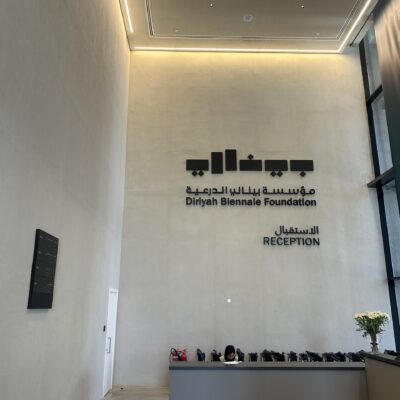
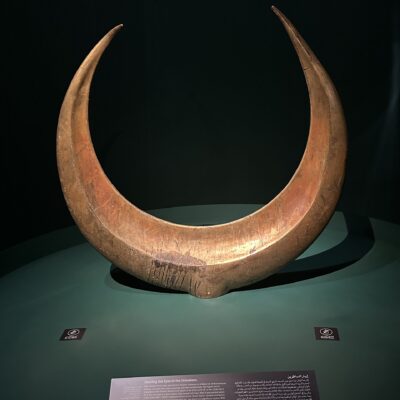
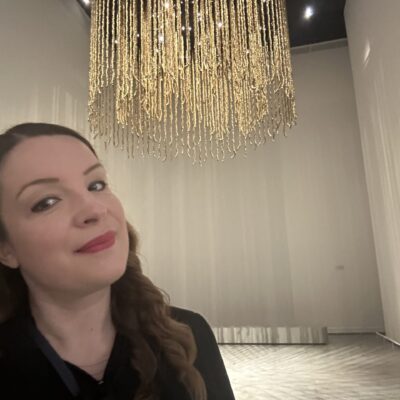
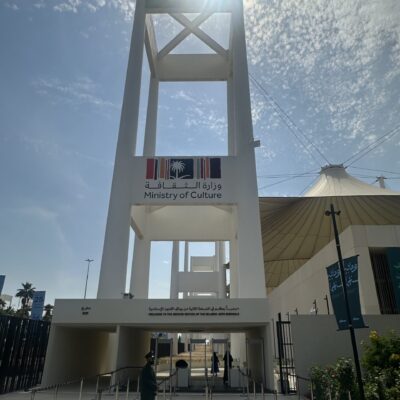
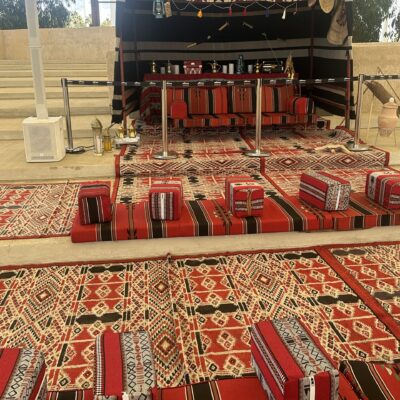
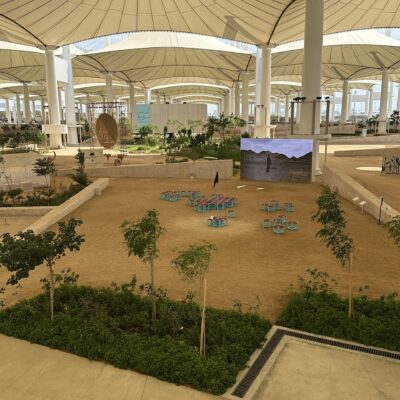
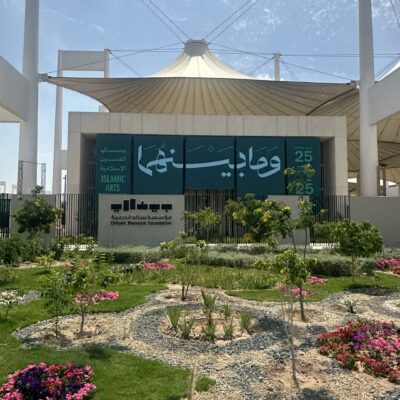
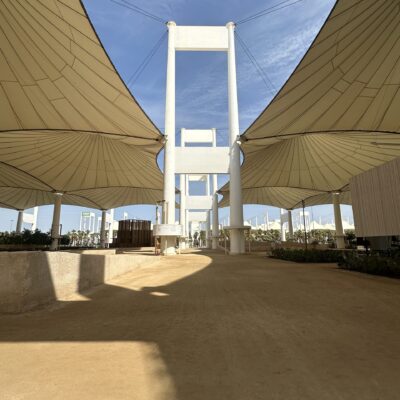
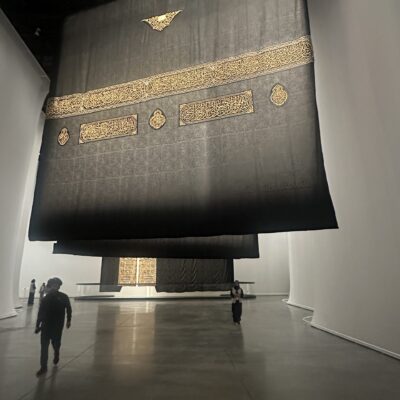
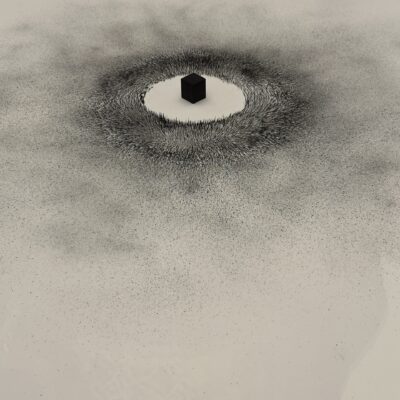
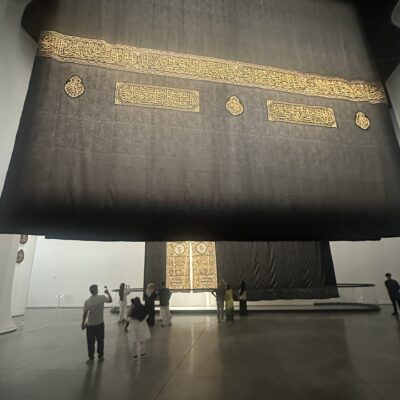
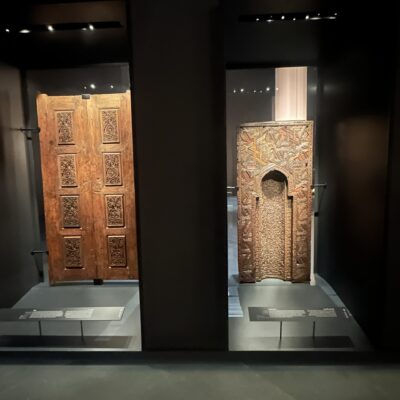
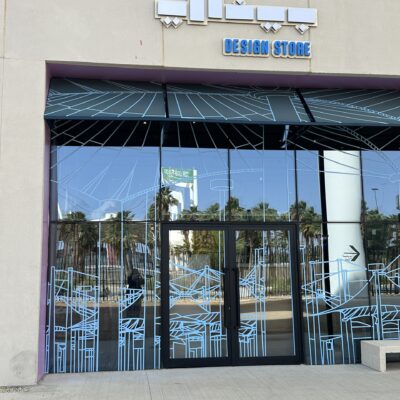

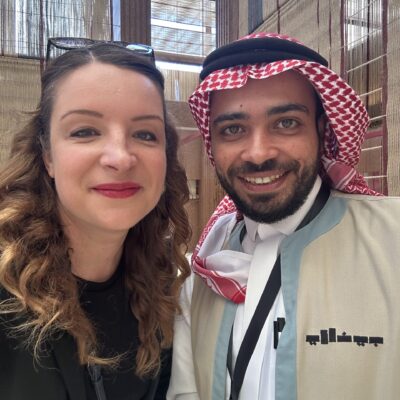
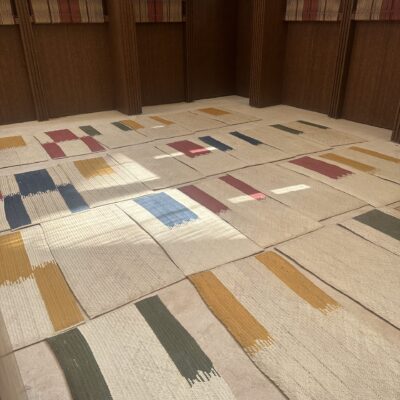
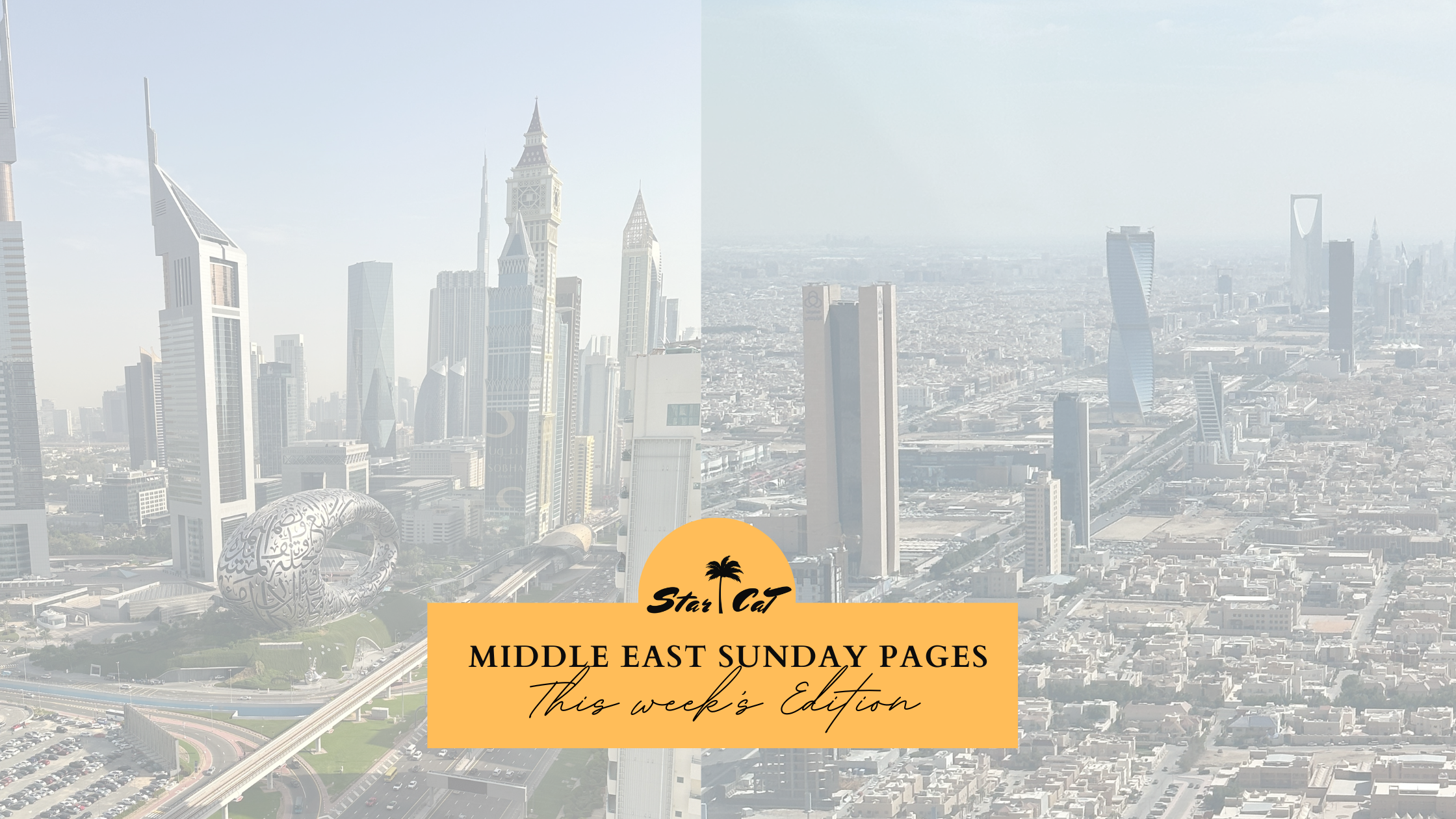


This Post Has 0 Comments